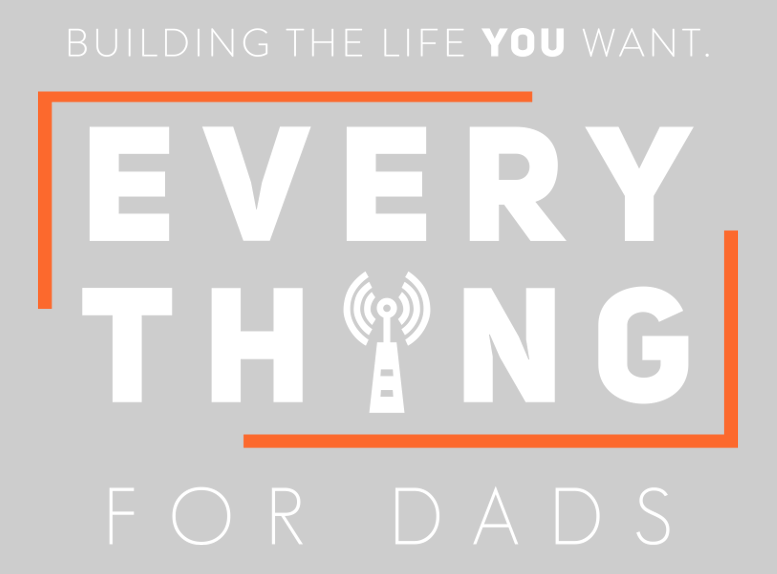How To Tell If A Dead Tree Needs To Be Removed
Trees are an important part of your landscape and property. They provide shade, beauty, and can even help increase property value. However, when a tree dies, it can quickly turn from an asset to a hazard. Determining whether a dead tree needs to me removed from your property can be difficult at times if the tree still appears strong, but it is almost always best to eventually remove a dead tree as it will eventually begin to decompose, significantly compromising is structural integrity, especially if it is near your house or other buildings on your property. Specialists such as Urban Forest Pro specialize in professional tree care and removal in Oregon and have helped remove thousands of dead trees before they could become a danger to homeowners.
Signs That a Dead Tree Needs to Be Removed
Not all dead trees require immediate removal, but there are some warning signs to look out for that can help you make the right decision before it becomes a danger.
1. The Tree Has Large Dead Branches
Dead or broken branches are one of the first signs that a tree’s health is failing, and it is on its way to dying. If a tree has multiple large dead limbs, they can fall unexpectedly, posing a risk to people, pets, and property. Trees that lose many branches may not be structurally sound anymore and could be at risk of complete failure.
2. The Tree is Leaning Dangerously
If a dead tree starts leaning quite significantly, it may be unstable and at risk of falling. A slight lean might not be cause for concern, but if it has changed recently or the soil around the base is disturbed, it’s important to contact an experienced arborist right away for an immediate assessment and removal if necessary.
3. Bark is Peeling or Missing
A tree’s bark acts as a protective layer, much like our skin. When the bark begins to peel excessively or fall off in large chunks, it is a sign that the tree is no longer healthy. If a tree loses too much bark, it can expose the tree to further decay and pests, which will accelerate the process of decomposition.
4. Fungal Growth at the Base
If you see mushrooms or other fungal growth at the base of the tree, it is typically a sign of internal decay. Fungi thrive on decomposing wood, which suggests the tree is rotting from the inside out. A rotting trunk can lead to structural failure, making removal necessary.
5. The Tree is Hollow or Has Soft Wood
A tree with a hollow trunk may not always need removal, but significant internal decay can weaken its structure. If you can easily poke through the wood with a screwdriver, the tree is likely compromised. A professional arborist can determine whether the tree is still stable or if it should be removed.
6. Insect Infestation
Beetles, termites, and other wood-boring insects are attracted to dead and decaying trees. If you notice an infestation of insects, the tree may already be beyond saving. Pests can weaken the structure even further, increasing the likelihood of falling limbs or full tree collapse. When you do remove a tree, it’s important to make sure the tree services include stump grinding, as left over stumps can also attract insects that can then spread to healthy trees.
7. No Leaves or Bud Growth
If a tree stops producing leaves during its normal growing season, it’s a clear sign that it’s dead. While some trees may take longer to leaf out in the spring, a completely bare tree when all others have bloomed indicates death.
When to Call a Professional to Remove a Tree
A dead tree near a home, driveway, sidewalk, or playground poses an increased risk. Even if the tree appears stable now, strong winds or storms can bring it down unexpectedly. If a dead tree is in a high-traffic area, it’s best to remove it before it causes damage or injury. If you notice any of the above warning signs, it’s time to consult a professional arborist. A tree care specialist can assess the health of your tree and determine the best course of action. While some trees can be monitored, others require immediate removal to prevent accidents and property damage.
Dead trees can be both unsightly and dangerous, making a swift removal a critical part of responsible property maintenance. If you suspect a tree on your property is dead or hazardous, don’t wait until it becomes a serious threat. Make sure you keep your home and community safe while preserving the beauty of your landscape.

